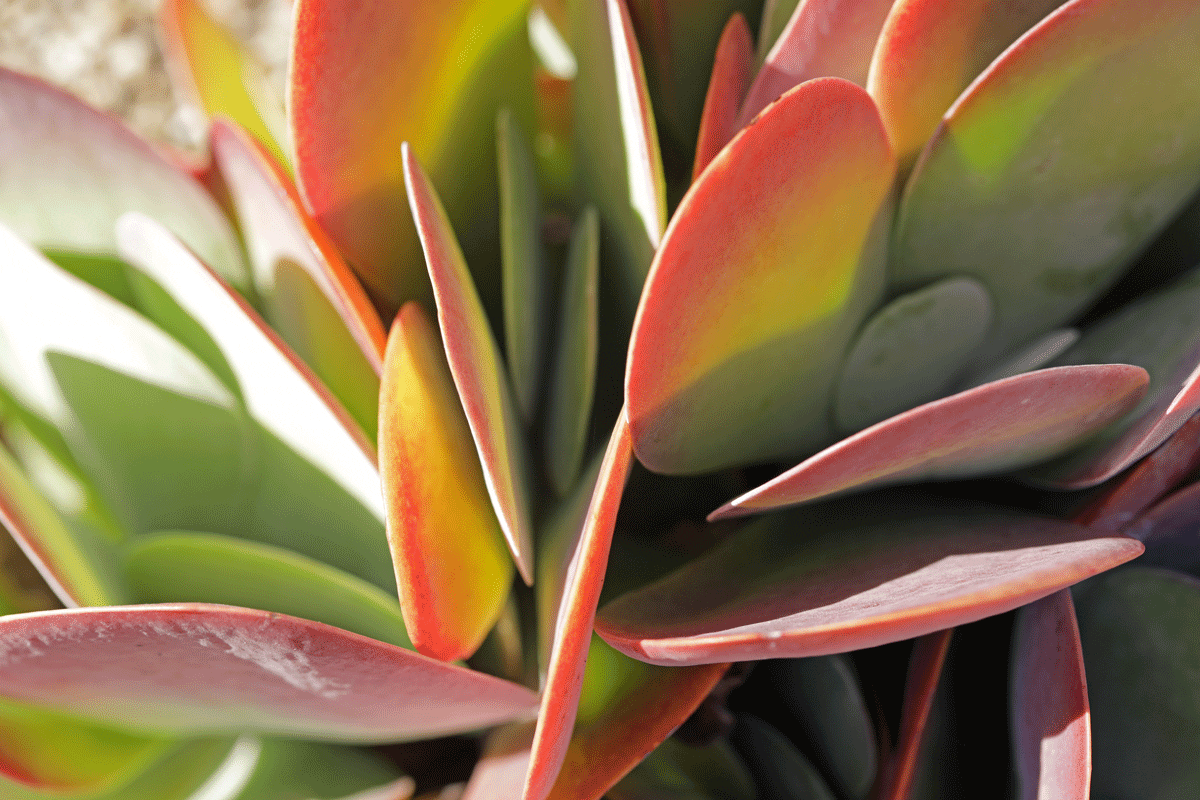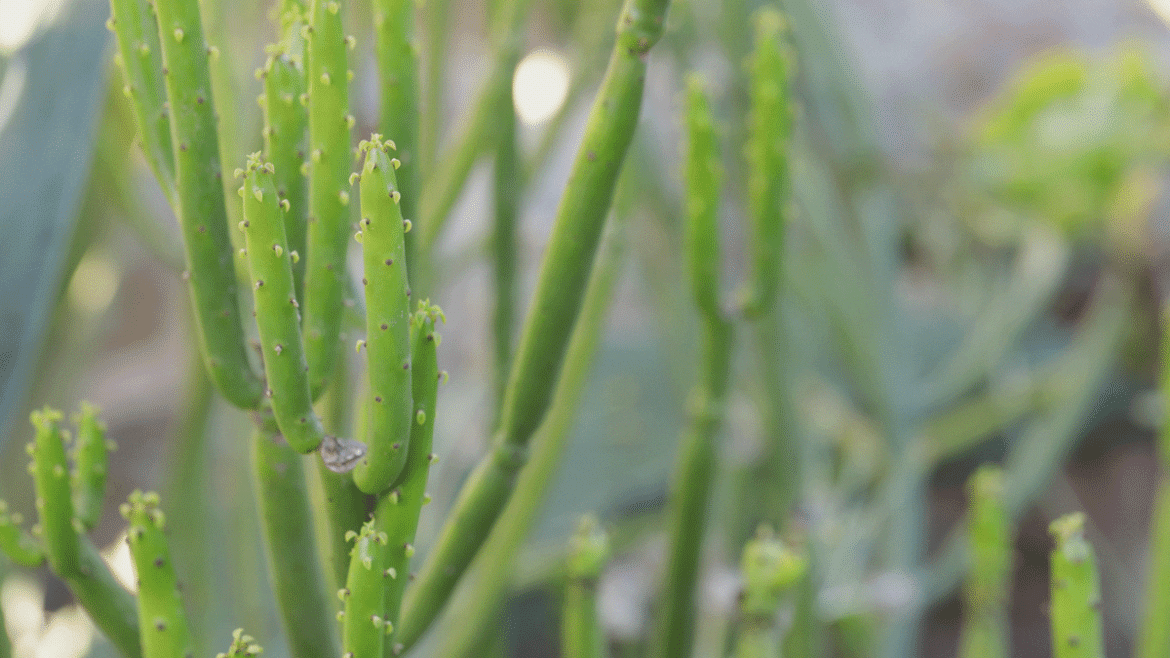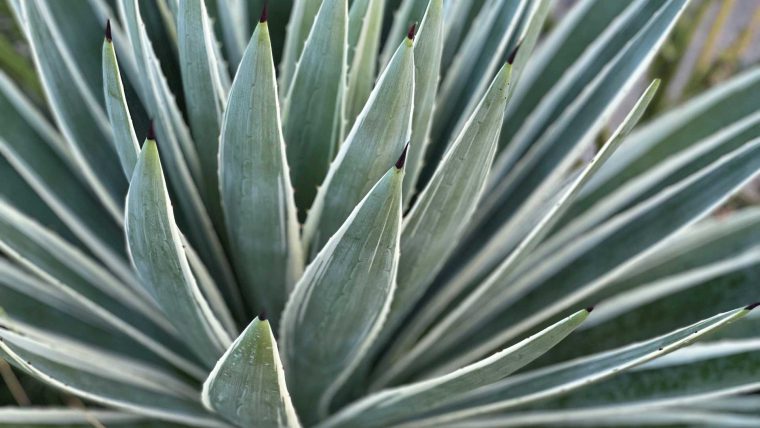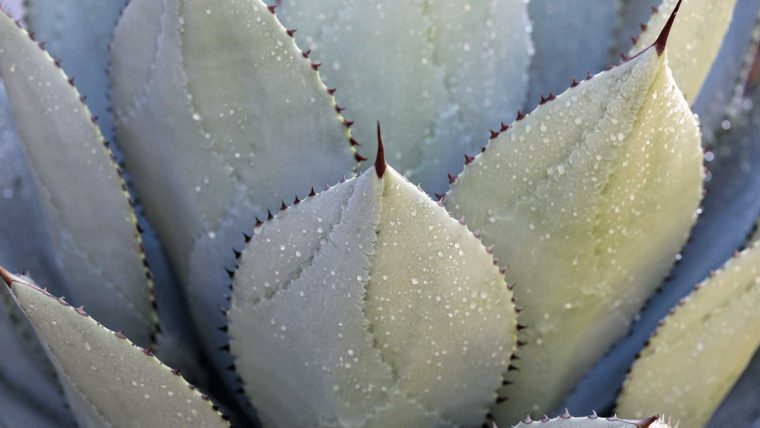Due to the diversity of microclimates and elevations in Napa and Sonoma counties, some areas experience mild frost while others rarely get down to 32 degrees–if at all. If you live in an area that experiences frost, it’s important to provide protection for frost-tender succulents in winter just like you would a citrus tree, especially in their first two years, After four years of succulent gardening in Sonoma County, here are my frost protection recommendations.
There are supposedly 10,000 varieties of succulents on this planet, and many are known to live in areas where it doesn’t get cold. There are many types of succulents that are frost-hardy and don’t require frost protection, but if you only plant those succulents, you’re missing out on some pretty spectacular architectural design elements and colors. Because my property is at high elevation, just above the fog line in Fountaingrove, I decided to plant many succulents in 2019 that were frost hardy and several that were not.
When You Should Protect Succulents from Frost
When plants are young, and their root systems haven’t developed, it’s a good idea to frost protect softer succulents that are only frost hardy to 32, such as certain echeveria and cotyledons. For the first two years, I covered my all of my succulents with long, row-crop frost blankets when the temperatures dropped to 32. This occurred 2-3 times each winter. After plants are established, around their third year since planting, I find that even certain frost-tender succulents bounce back after a few nights of 32-degree temperatures each winter. After year three, I stopped frost protecting my succulent garden.
Supplies for Succulent Frost Protection
Agfabric has many types of frost blankets and also frost bags in different sizes based on your garden and plants. Agfabric frost protection products are sold on Amazon. Measure to determine which sizes are right for your garden. I use rocks to help keep the ground blankets on the plants during our windy winter storms. Also, buy a large plastic bin to keep your frost blankets tidy in the off-season.


Succulents that Struggle to Survive Frost in Sonoma County
After three years of experiments with minor frost events in Sonoma County (around 30-32 degrees for one night), I’ve found that a few plants struggle to recover from temperatures around 32: euphorbia leucadendron (cattails euphorbia), euphorbia triucalli (pencil cactus and fire sticks), portulacaria afra (elephant bush) but the mammoth species does okay, kalanchoe lucia (paddle plant aka flapjacks) and agave attenuta (foxtail agave). I avoid installing those in gardens unless a client wants the architecture and diversity of these plants–and is willing to frost protect when needed. But, I have most of these plants in pots, and they weather the winter just fine. I have even seen flapjacks planted in the ground in Fountaingrove that looks great all-year-round.
This blog is under construction. Please check back for more updates.



